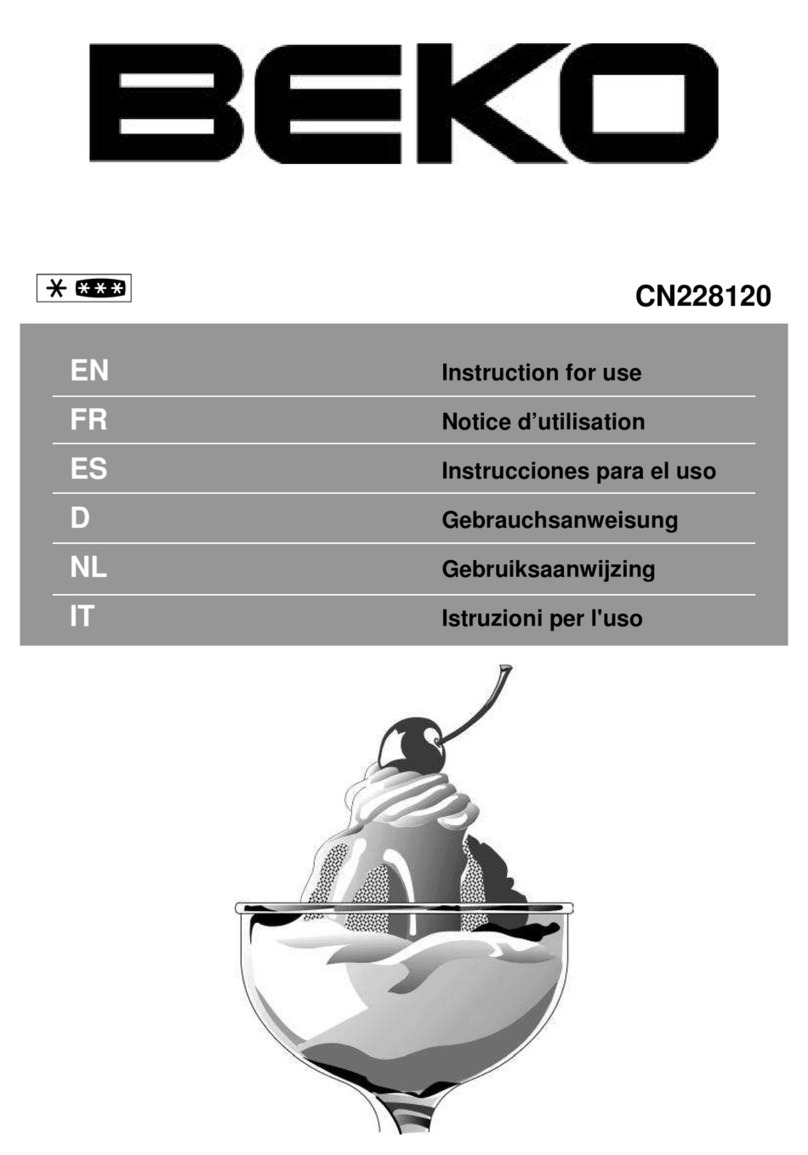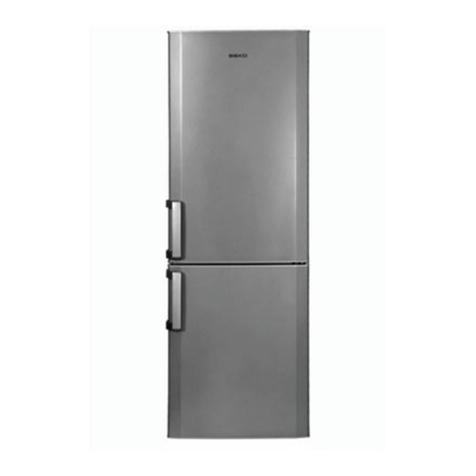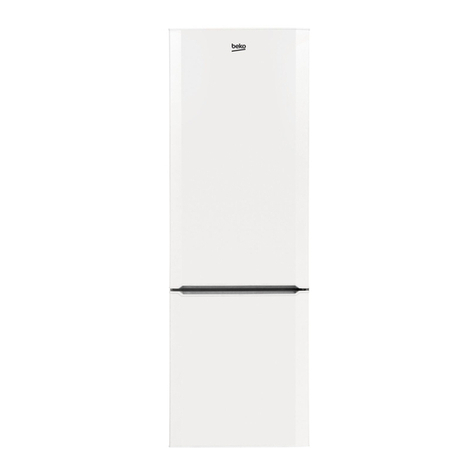Beko KS 13200 User manual
Other Beko Refrigerator manuals

Beko
Beko DS 133013 S User manual
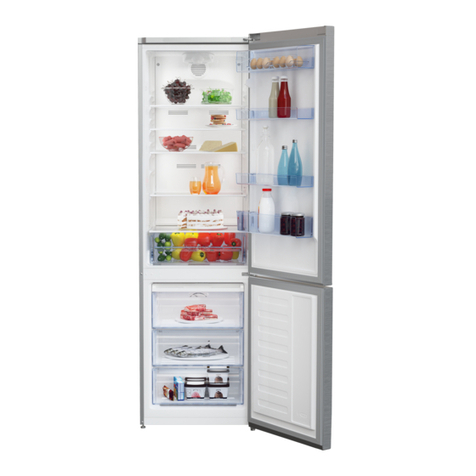
Beko
Beko RCNA355K20PT User manual
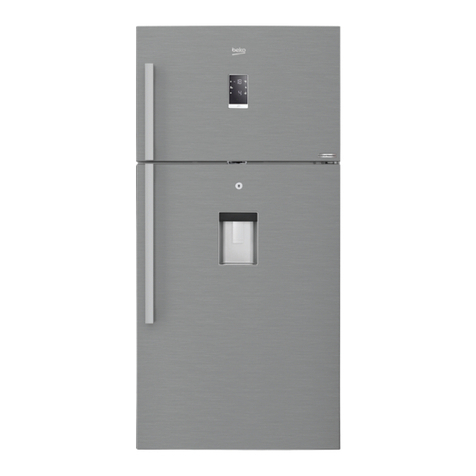
Beko
Beko DN170223DX User manual
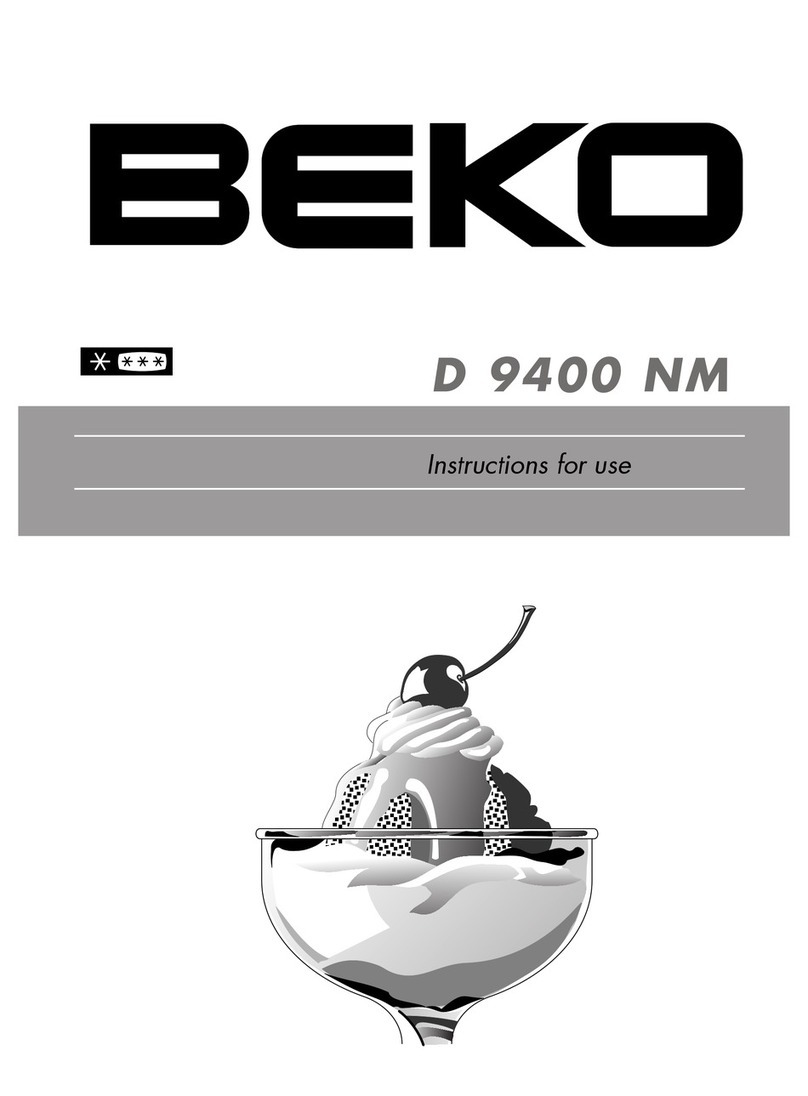
Beko
Beko D 9400 NM User manual

Beko
Beko CNA365ED2ZX User manual
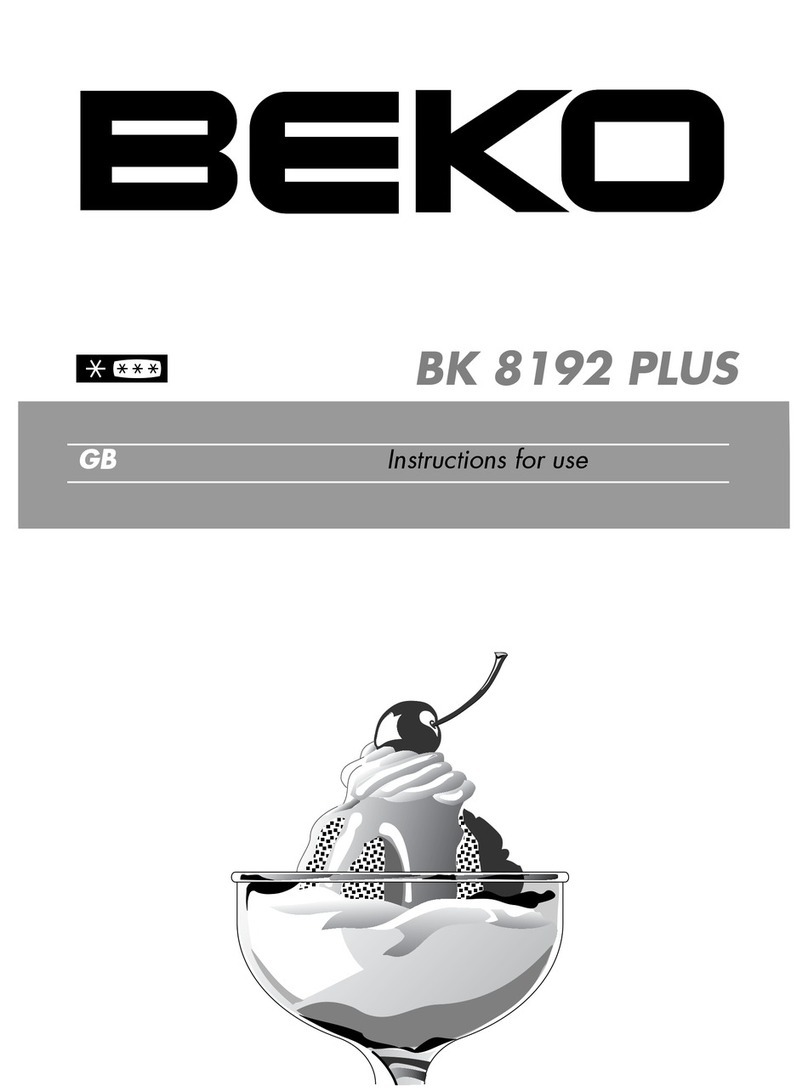
Beko
Beko BK 8192 PLUS User manual
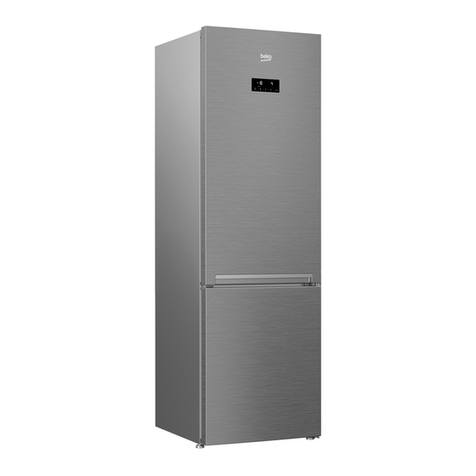
Beko
Beko RCNA400E30ZX User manual

Beko
Beko GN1426234ZDXN User manual

Beko
Beko KG510 User manual

Beko
Beko B5RCNE594ZXB User manual
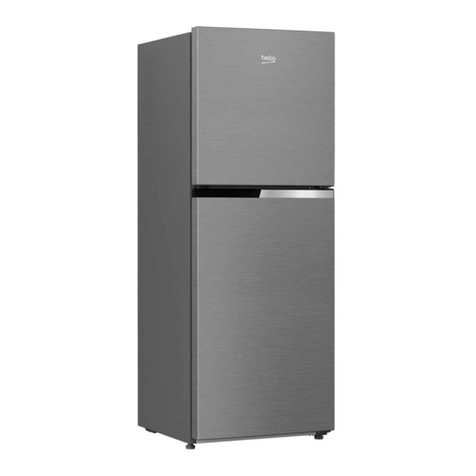
Beko
Beko RDNT231I20XB User manual
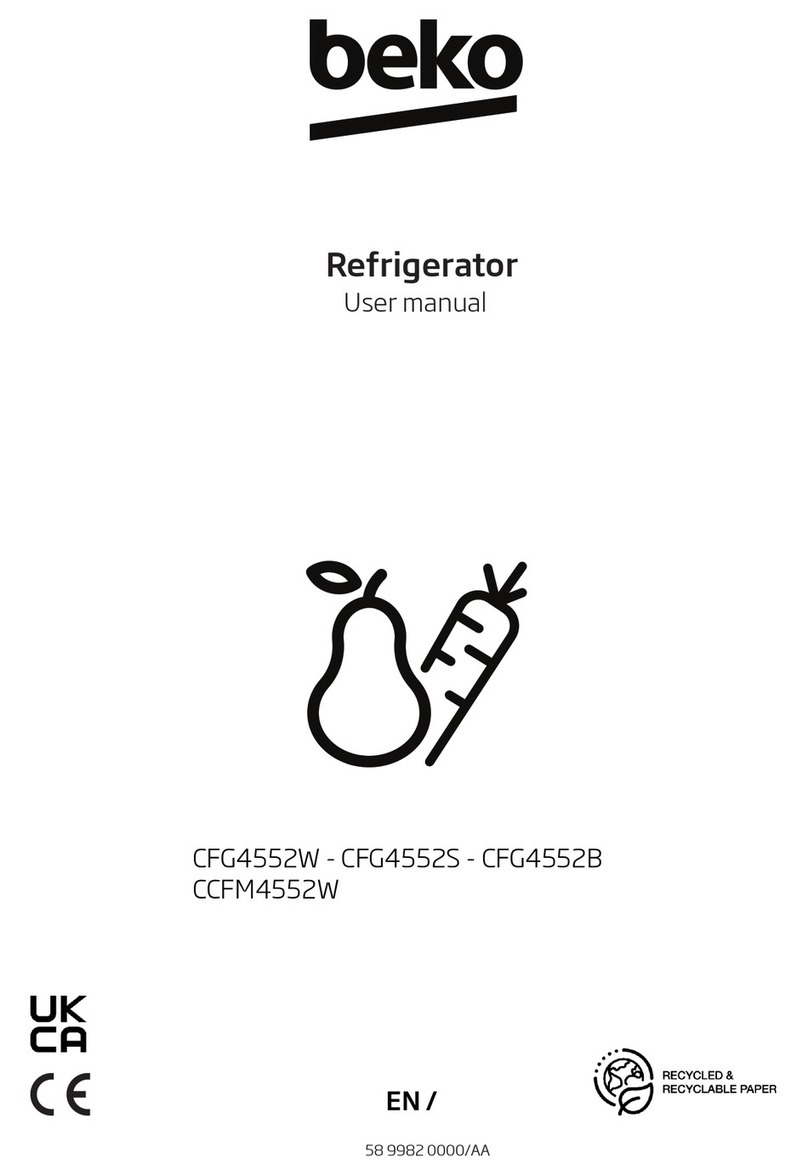
Beko
Beko CFG4552W User manual

Beko
Beko VNE 1002 User manual
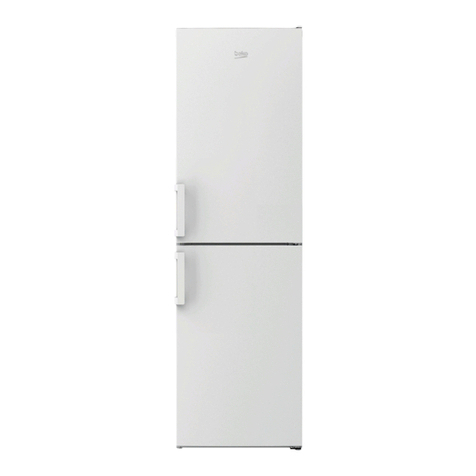
Beko
Beko CXFP1582B User manual
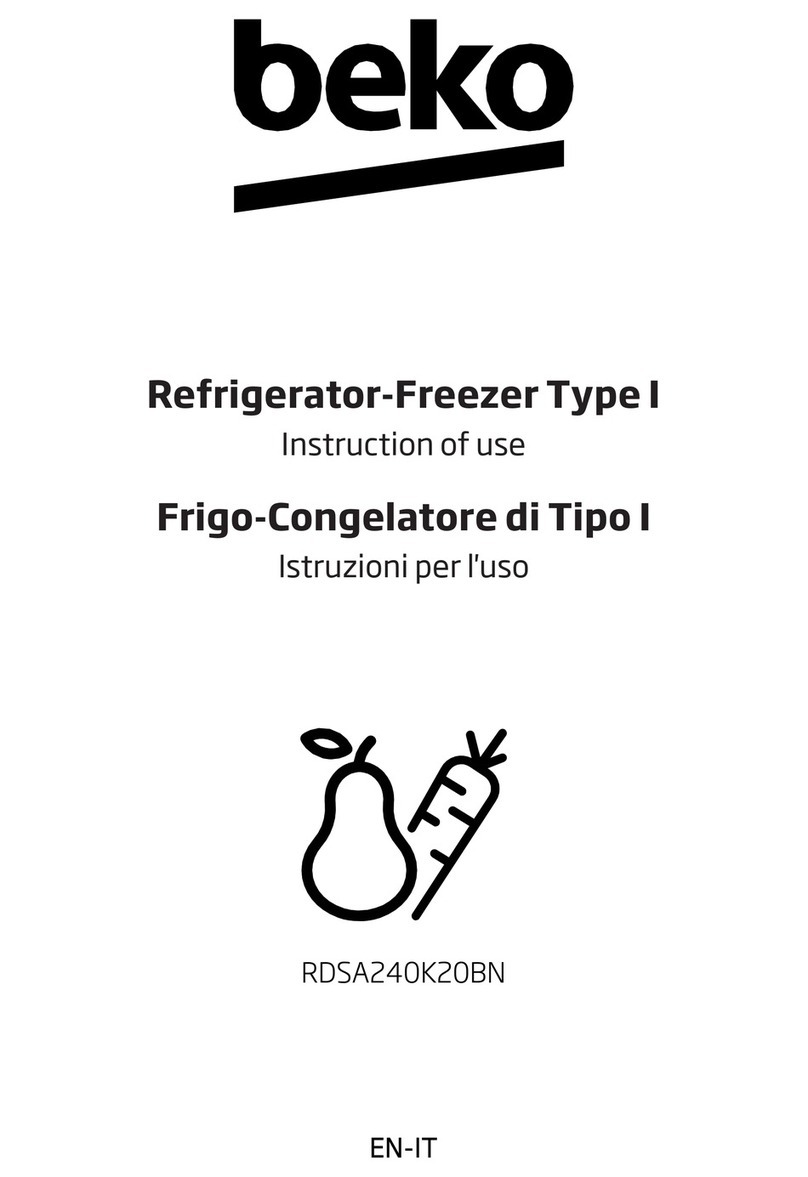
Beko
Beko RDSA240K20BN Instruction Manual

Beko
Beko CFX6114 S User manual

Beko
Beko DN140000S User manual

Beko
Beko BSSA210K4SN Instruction Manual

Beko
Beko RCNE520E32X User manual

Beko
Beko GN162340XBN User manual
